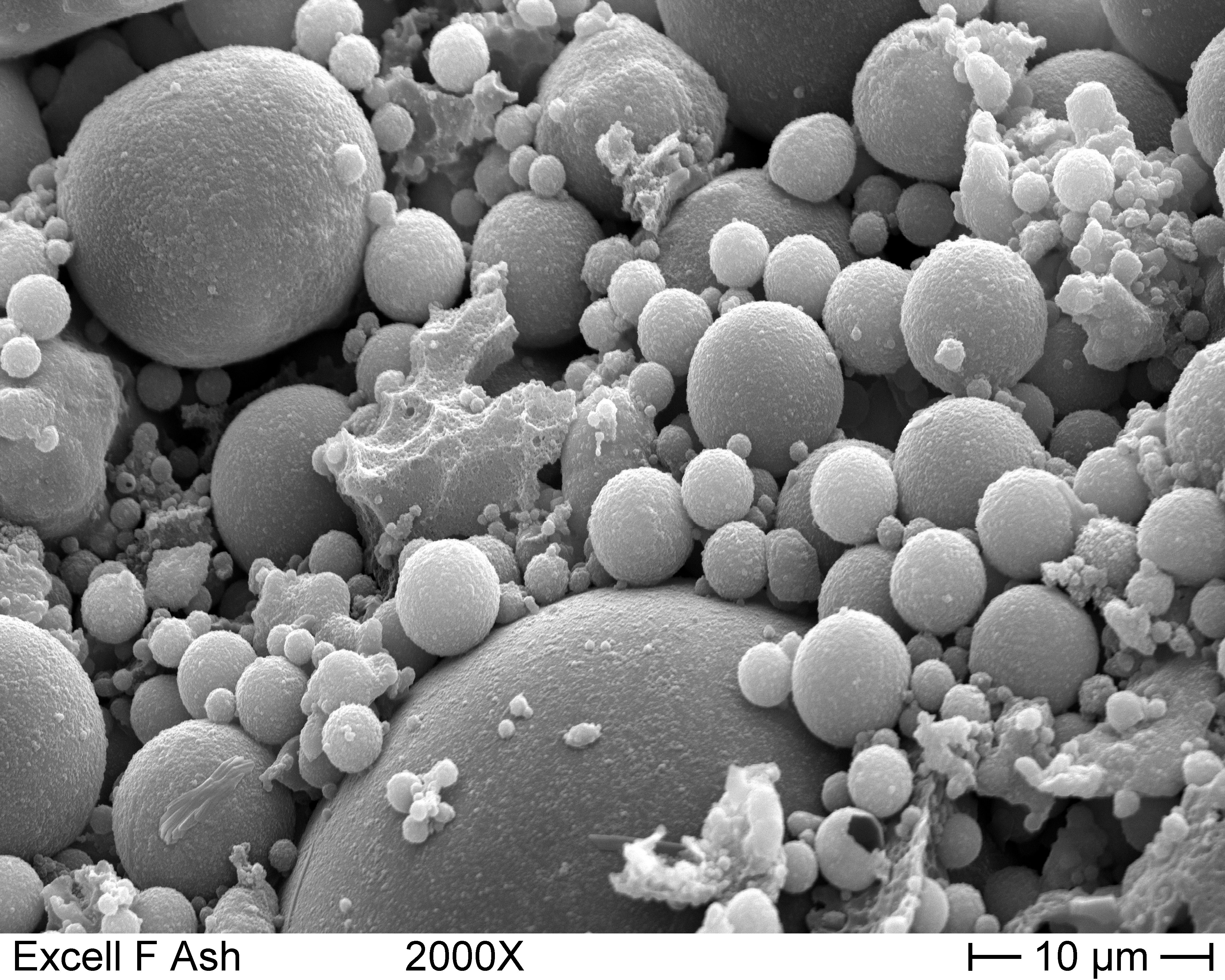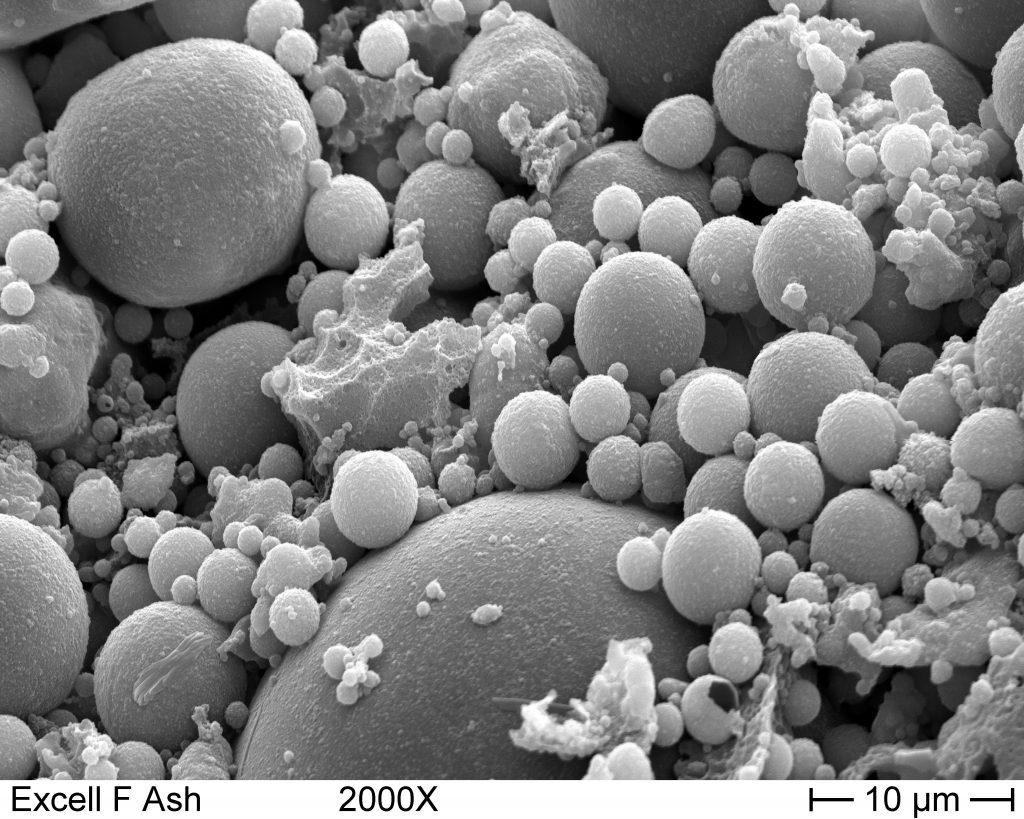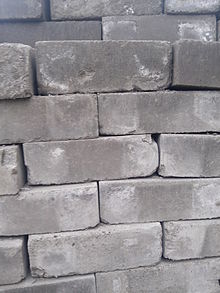Fly ash is a fine powder created by the burning of pulverized coal in electric generation power plants. Fly ash is a pozzolan, a substance containing aluminous and siliceous material that forms cement in the presence of water. When mixed with lime and water, it forms a compound similar to Portland cement.
Fly ash produced by coal-fired power plants provide a prime material used in blended cement, mosaic tiles, and hollow blocks among others.
Fly ash can be an expensive replacement for Portland cement in concrete, although using it improves strength, segregation and ease of pumping concrete, according to construction experts. The rate of substitution typically specified is 1 to 1.5 pounds of fly ash to 1 pound of cement. Nonetheless, the amount of fine aggregate should be reduced to accommodate fly ash additional volume.
Fly ash can be used as prime material in blocks, paving or bricks. However, one of the most important applications is Portland cement concrete (PCC) pavement. PCC pavements use a large amount of concrete. Substituting fly ash provides significant economic benefits.
Enjoying our insights?
Subscribe to our newsletter to keep up with the latest industry trends and developments.
Stay InformedFly ash has also been used for paving roads and as embankment and mine fills, and it’s gaining acceptance by the federal government, specifically the Federal Highway Administration.
Fly Ash Concerns
Some small builders and housing contractors are not that familiar with fly ash products, which could have different properties depending on where and how they are obtained. For this reason, fly ash applications are encountering resistance from traditional builders due to their tendency to effloresce along with major concerns about freeze/thaw performance.
Other major concerns about using fly ash concrete include:
– slower strength gain.
– seasonal limitation
– increase in air entraining admixtures
– an increase of salt scaling produced by higher fly ash.
Fly Ash Benifits
Fly ash can be a cost-effective substitute for Portland cement in some markets. In addition, fly ash can be recognized as an environmentally friendly product because it is a byproduct and has low embodied energy. It’s also is available in two colors, and coloring agents can be added at the job site.
In addition, fly ash requires less water than Portland cement and is easier to use in cold weather. Other benefits include:
– produces various set times.
– cold weather resistance
– higher strength gains, depending on its use
— can be used as an admixtures
– can substitute for Portland cement
– considered a non-shrink material
– produces denser concrete and smoother surface with sharper detail
– better workability
– reduces crack problems, permeability and bleeding
– reduces heat of hydration
– produces lower water/cement ratio for similar slums when compared to no fly ash mixes
– reduces carbon dioxide emissions.
Fly Ash Types
Today a little more than 50 percent of the concrete placed in the U.S. contains fly ash. Dosage rates vary depending on the type of fly ash and its reactivity level. Typically, Class F fly ash is used at dosages of 15 to 25 percent by mass of cementitious material, and Class C fly ash at 15 to 40 percent.
Class F fly ash, with particles covered in a kind of melted glass, greatly reduces the risk of expansion due to sulfate attack as may occur in fertilized soils or near coastal areas.
Class F are generally low-calcium fly ashes with carbon contents less than 5 percent but sometimes as high as 10 percent.
Class C fly ash is also resistant to expansion from chemical attack, has a higher percentage of calcium oxide, and is more commonly used for structural concrete. This type of fly ash is typically composed of high-calcium fly ashes with carbon content less than 2 percent.























We have built the Reppie Waste to Energy Power Plant, the first in its kind to Ethiopia and Africa. We are looking for ways to dispose or use the Fly Ash. We need help in this regard.